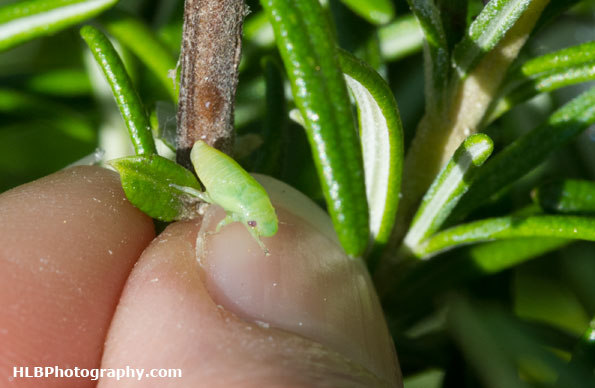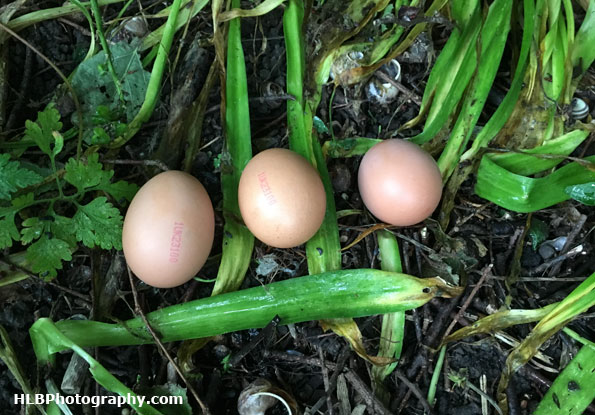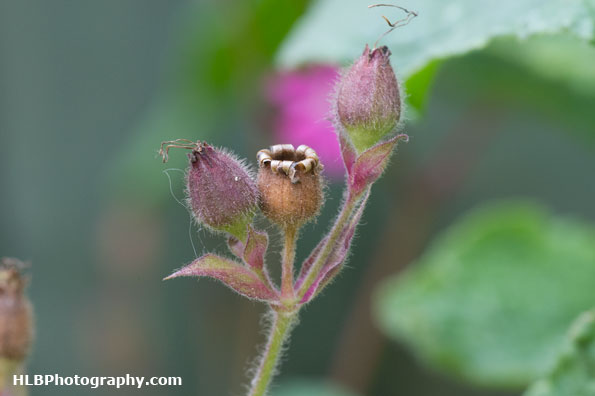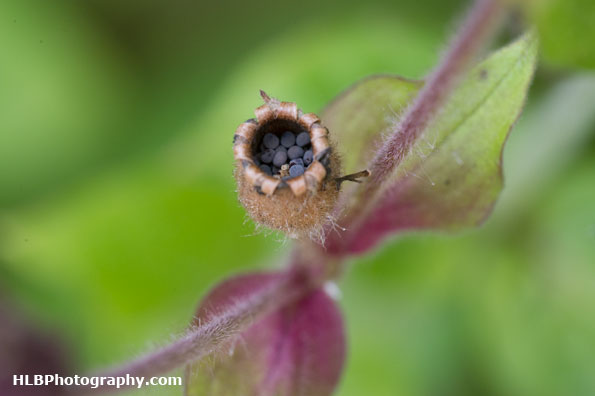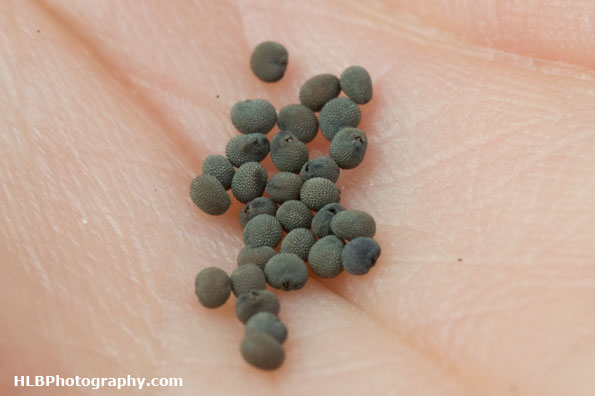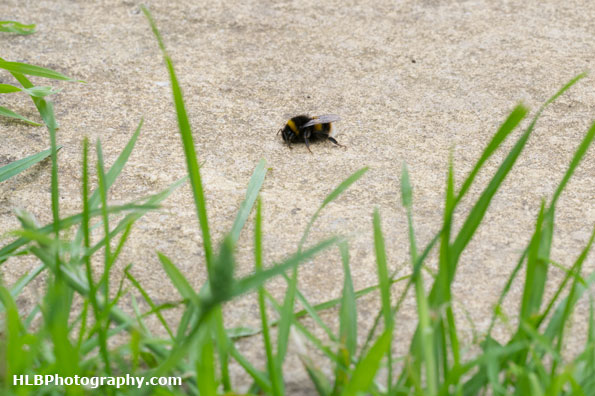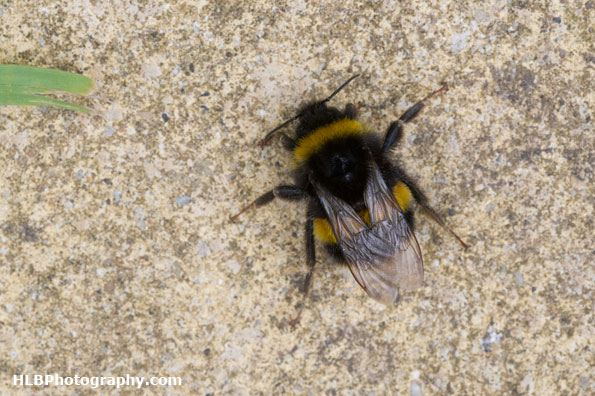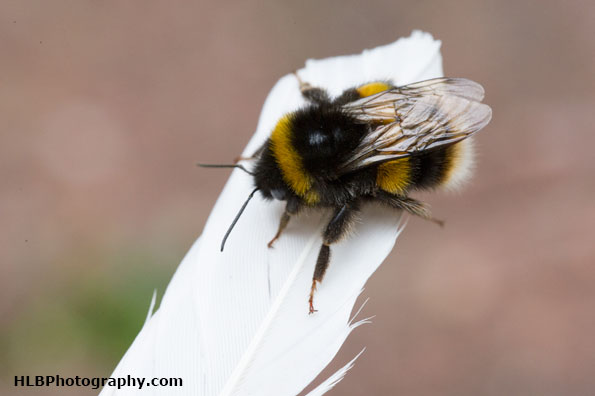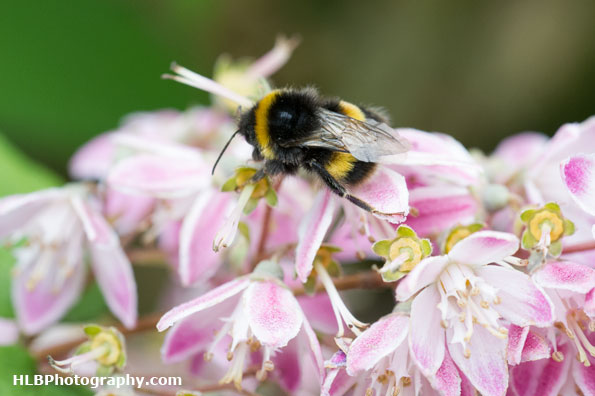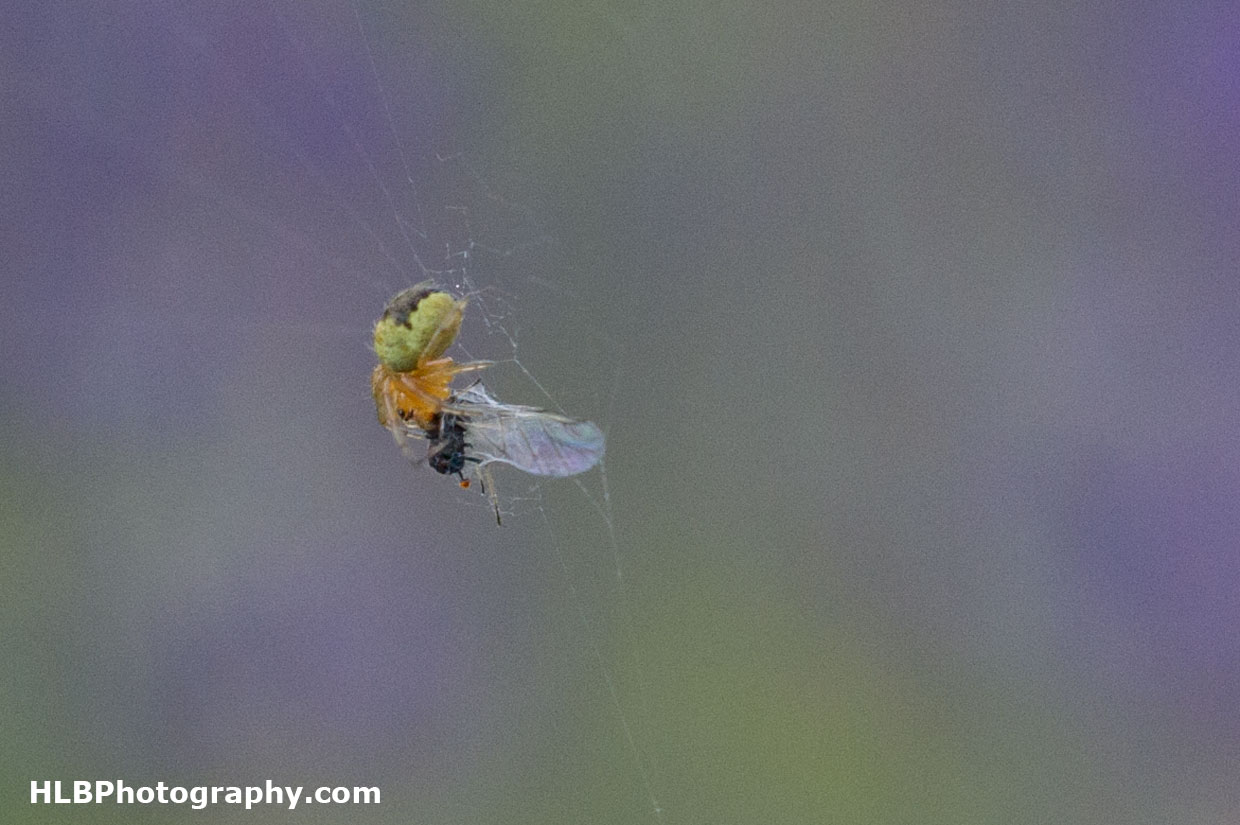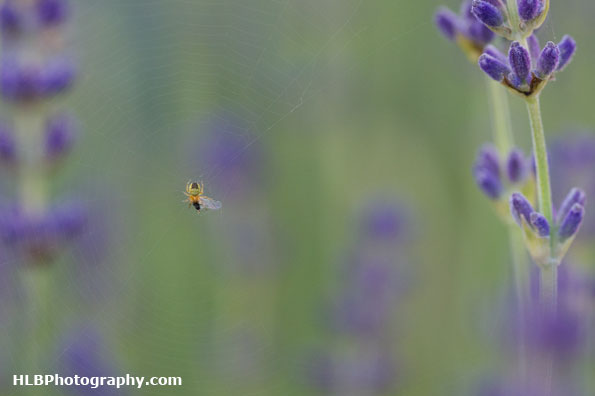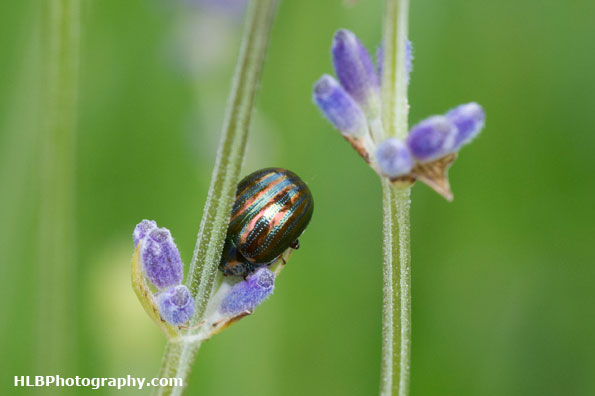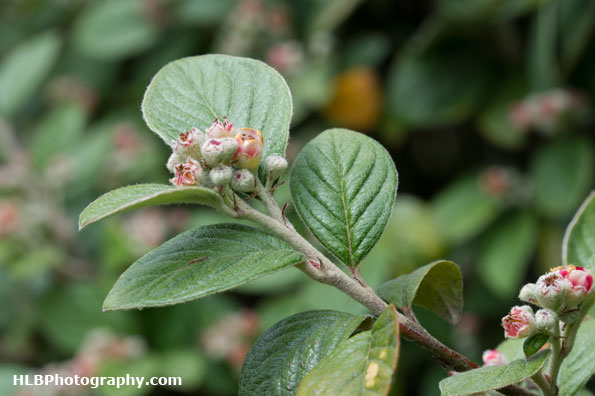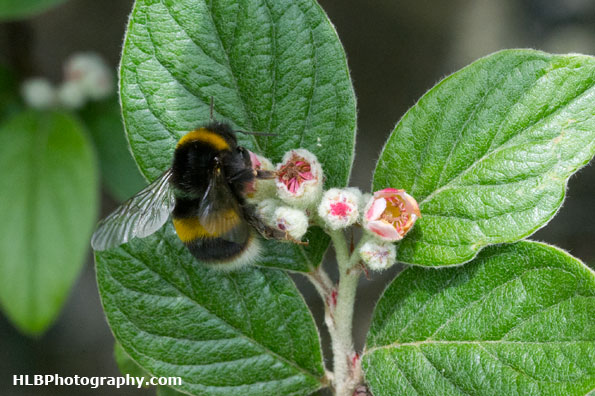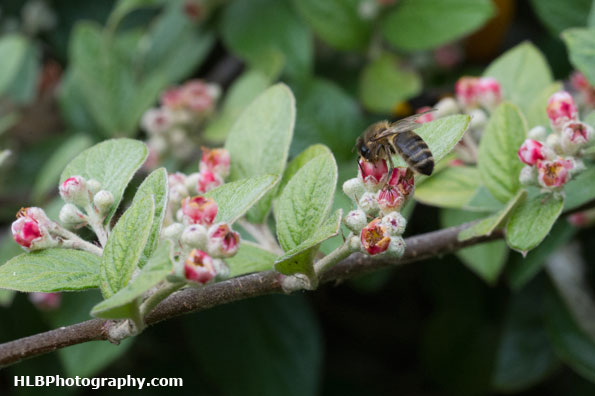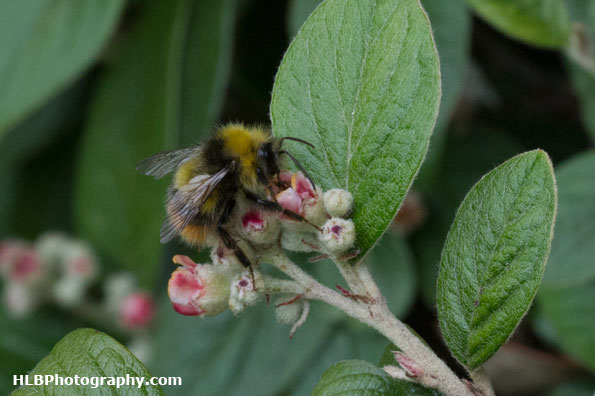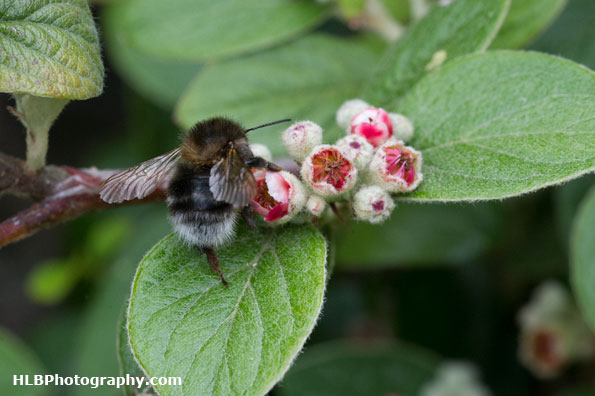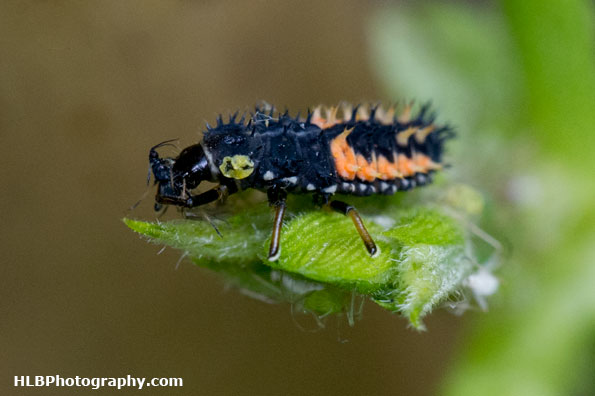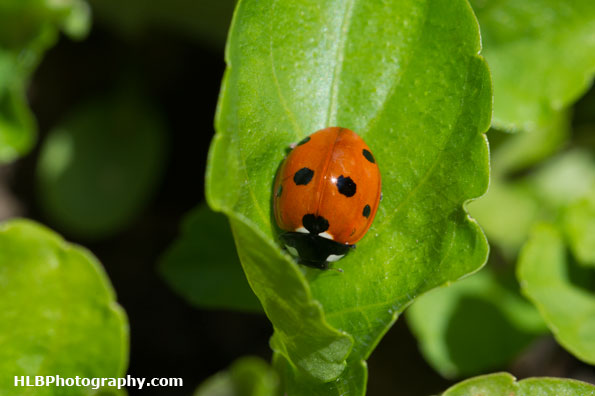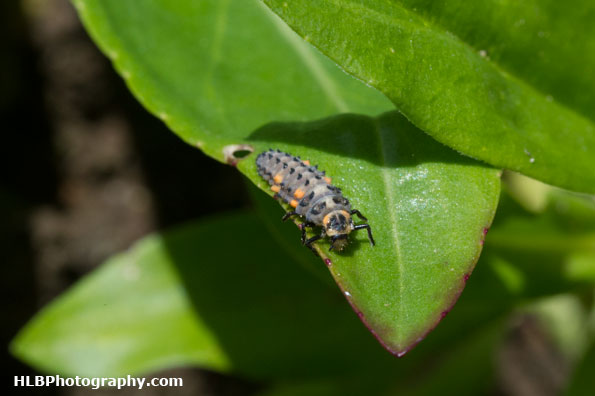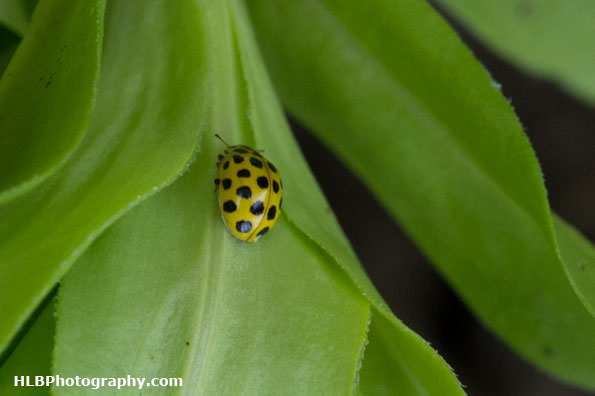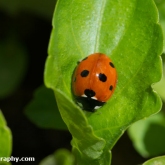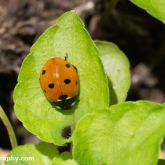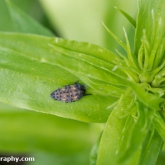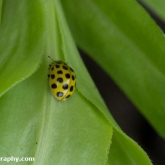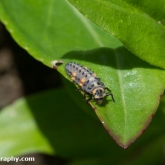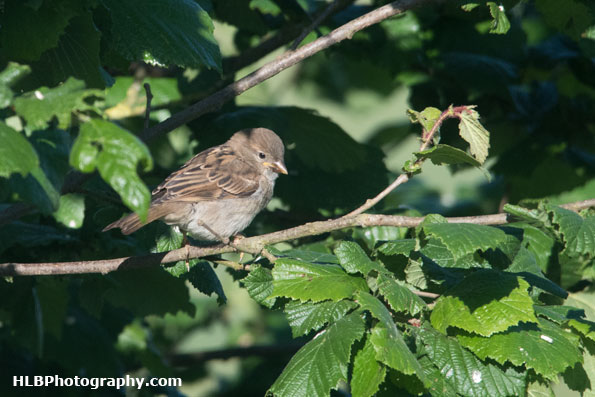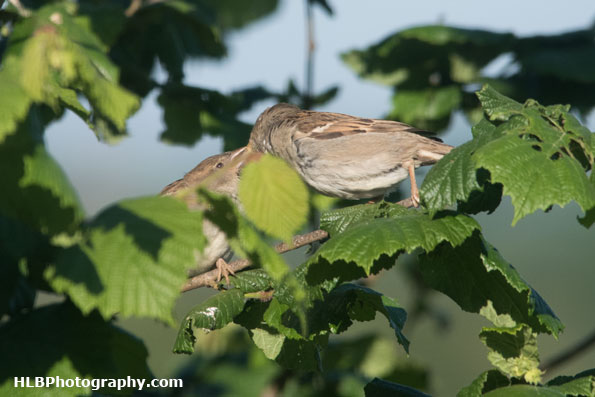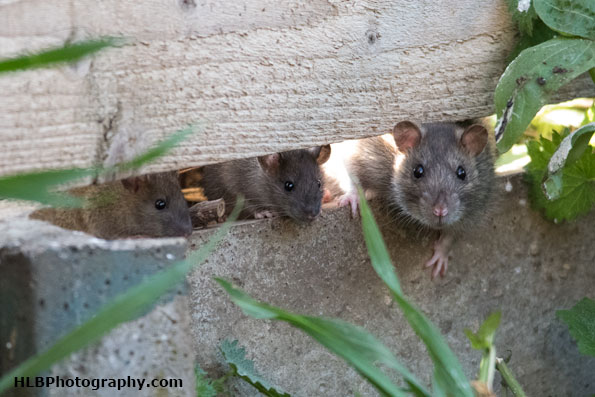I saw on Twitter that volunteers are needed to spot insect ‘spittle’; my initial thought was ‘there is loads in the garden, I can do that’. Last year on June 1st I wrote about cuckoo spit and froghoppers; so carrying on from last year’s blog, today I went out into the garden to take part in the survey.
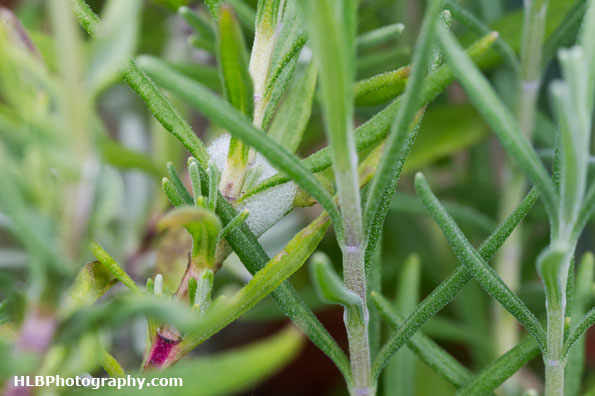
The reason for the survey taking place is the UK is on high alert for the Xylella fastidiosa disease which has been found in several locations in the EU. The disease is moved from plant to plant by plant-sucking insects such as froghoppers. By people submitting data of where they have seen either cuckoo spit or froghoppers themselves a distribution map of the potential path of the disease can be made. I think it is important to be clear that the disease isn’t in the UK and the map created from the data will be used to make an action plan if it does ever arrive here. Please don’t remove any of the cuckoo spit you might find as the nymph growing inside is doing no harm, it will grow into a very cute little bug 🙂
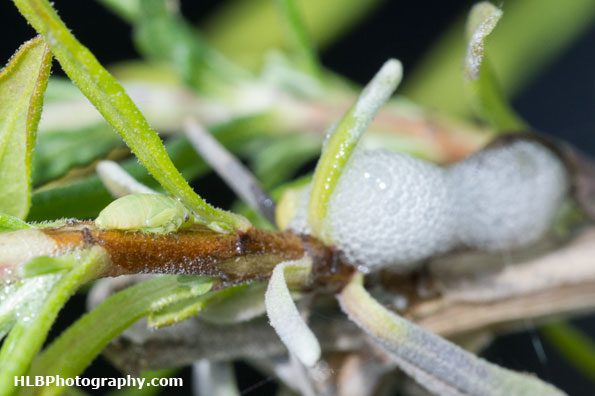
To complete the survey all you need to do is..
Log the amount of time you spend looking for spittle/spittle bugs, take note of how many spittle only / spittle with insect / adult you find on what type of plant and how many square metres you have searched. It is also important to take a photo of the nymph if you can to submit with your data.
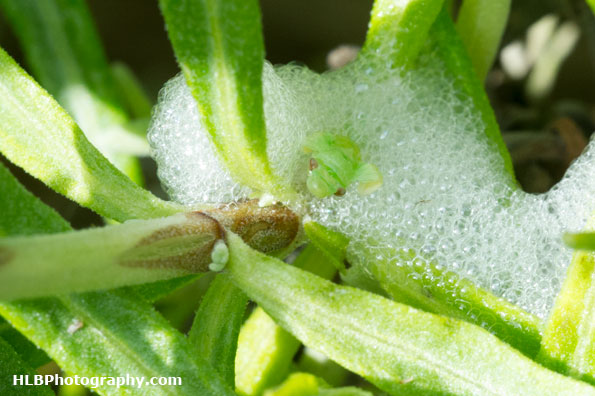
To be able to see if there is an insect in the spittle you need to tease them out. I used a bit of grass to slowly move through the spittle; the nymph leaves the spittle enough to be able to have a look at it. Some would run off down the steam and others would move a little and freeze.
When you enter the data online, each plant species is a separate data entry so make sure you have your data separated out for each plant species. In total I found..
| Plant |
Spittle only |
Spittle with insect |
Adult |
| Lavender |
15 |
26 |
0 |
| Penstemon |
0 |
1 |
0 |
| Rosemary |
3 |
9 |
0 |
All of the nymphs found were Meadow Spittlebug (Philaenus spumarius), you can use the ID sheet provided online to help with your identifications.
When complete make sure you add all your data to the iRecord entry form 🙂
